DK-50 (For photographic purposes only)
Posted: Sun Nov 19, 2017 2:47 pm
Thoughtful advice from Great Yellow Father.
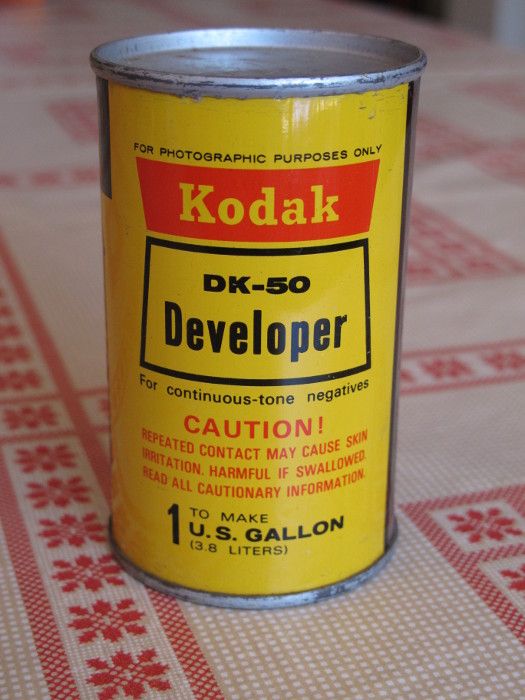
When cleaning the darkroom of my late father estate, I got two of these small cans. They must be at least 50 years old. It took some time to find a suitable gallon bottle, but last week I opened the first can.
It opens as a canned food tin. After taking the top, there was a brown paper lid to be broken. Below the paper lid, the mix of chemicals of Part 1 awaits in a plastic cup. After dissolving these chemicals, the bottom of the can was opened to reveal Part 2 which is a larger portion of white powders that are free inside the can (no plastic cup in the bottom side). Instructions for preparation are spot on and the solution came out transparent, colorless, as new.
To test DK-50 I took a roll of FP4+ exposed at box speed, although I overexposed a few frames by mistake. I gave the film 5.5 minutes at 21 C with the stock solution, which was way over the recommended times (4 minutes). Well, it came quite overdeveloped but most of the roll was useable. The overexposed frames were too dense for my V600 scanner. Must adjust times for the next roll, and maybe try dilutions instead of stock solution.
Grain is about the same as Beutler, larger than D-76. The frames have an old-time look.
A few examples from the fortress on top of Montevideo hill (this is the "monte" in Montevideo), on a hazy sun / clouded day.
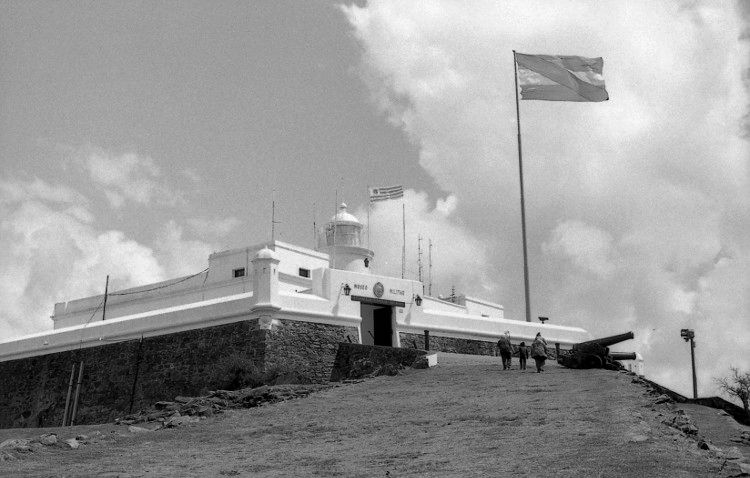
Inside the fortress
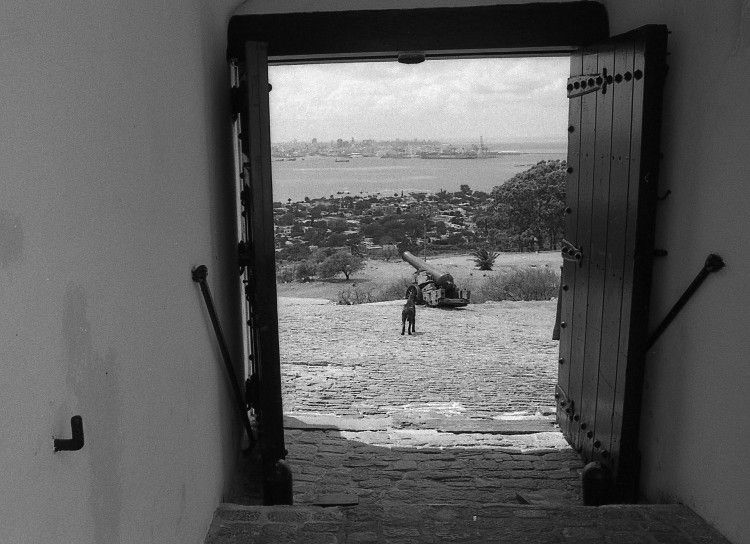
Guardian of the fortress
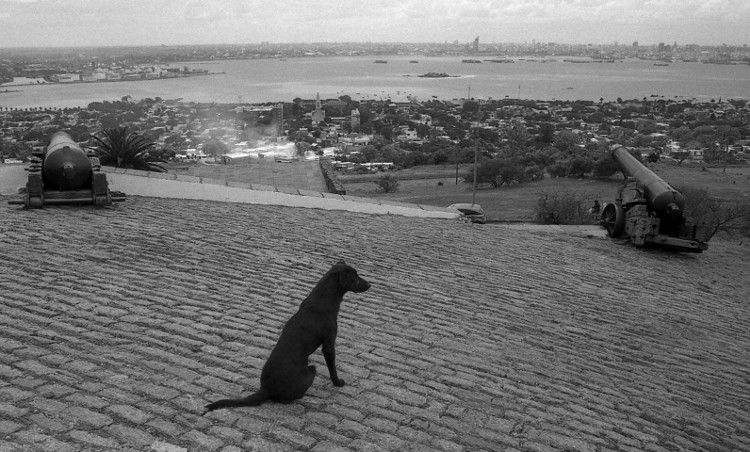
Gun - these guns never shot in anger.
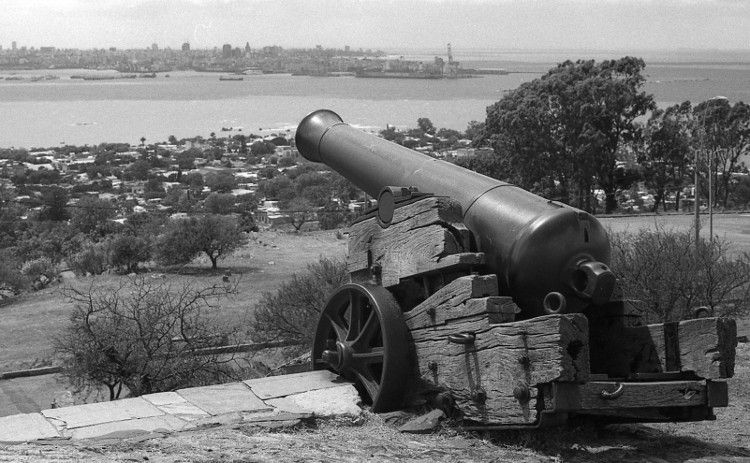
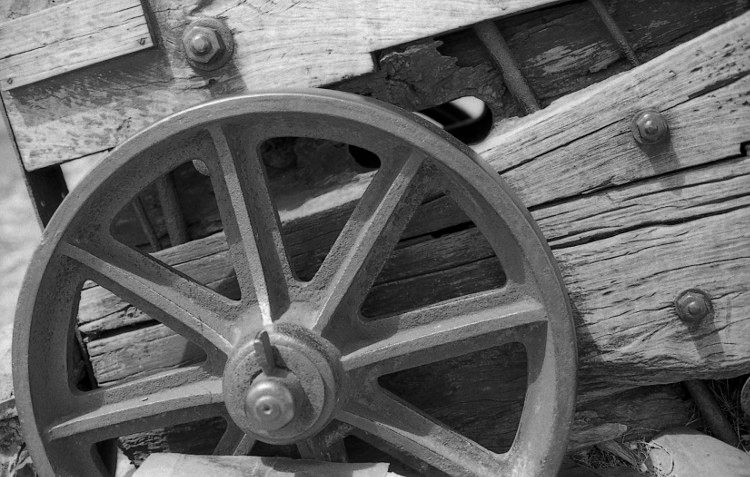
The chemicals have not suffered very much in the 50 years or more since they left the factory. This is, however, a very different mix from my usual Beutler or even D-76. I have a lot to learn before the two cans are finished.
The camera used in this test was my Nikon F2 with 50 and 28mm lenses. Thanks for looking!

When cleaning the darkroom of my late father estate, I got two of these small cans. They must be at least 50 years old. It took some time to find a suitable gallon bottle, but last week I opened the first can.
It opens as a canned food tin. After taking the top, there was a brown paper lid to be broken. Below the paper lid, the mix of chemicals of Part 1 awaits in a plastic cup. After dissolving these chemicals, the bottom of the can was opened to reveal Part 2 which is a larger portion of white powders that are free inside the can (no plastic cup in the bottom side). Instructions for preparation are spot on and the solution came out transparent, colorless, as new.
To test DK-50 I took a roll of FP4+ exposed at box speed, although I overexposed a few frames by mistake. I gave the film 5.5 minutes at 21 C with the stock solution, which was way over the recommended times (4 minutes). Well, it came quite overdeveloped but most of the roll was useable. The overexposed frames were too dense for my V600 scanner. Must adjust times for the next roll, and maybe try dilutions instead of stock solution.
Grain is about the same as Beutler, larger than D-76. The frames have an old-time look.
A few examples from the fortress on top of Montevideo hill (this is the "monte" in Montevideo), on a hazy sun / clouded day.

Inside the fortress

Guardian of the fortress

Gun - these guns never shot in anger.


The chemicals have not suffered very much in the 50 years or more since they left the factory. This is, however, a very different mix from my usual Beutler or even D-76. I have a lot to learn before the two cans are finished.
The camera used in this test was my Nikon F2 with 50 and 28mm lenses. Thanks for looking!